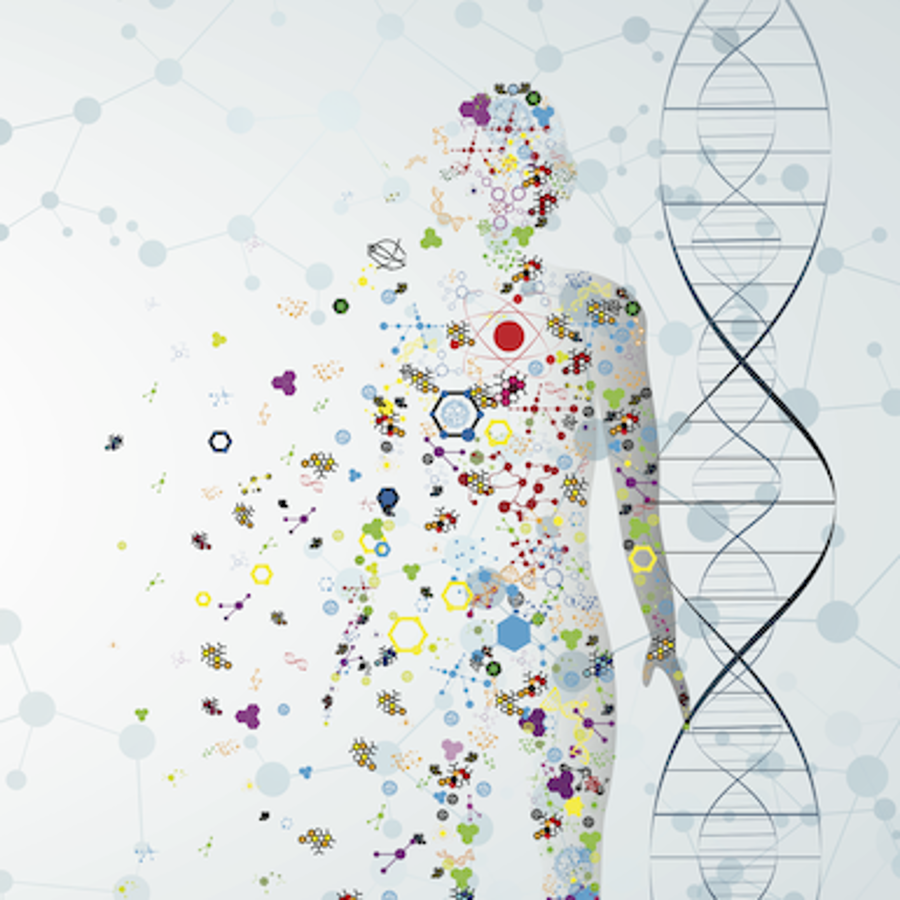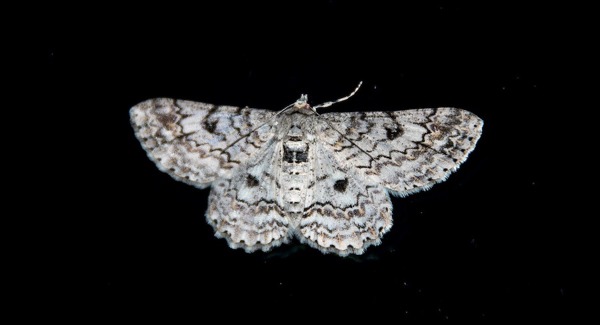
Is modern medicine bad for the human gene pool?
April 7, 2006

- Related Topics:
- Human evolution,
- Evolution
A curious adult from California asks:
"In your opinion, do you think we as humans are done evolving? It seems that modern medicine may be in conflict with the progression of natural evolution in that it interferes with survival of the fittest. I guess none of us will be around long enough to know for sure."
Are scientists weakening the gene pool for the human race? Is modern medicine causing a build up of bad genes?
Some people think this is the case. I do not. Treating people suffering from genetic illness will not weaken mankind's genes. This is mainly because what makes a gene bad today may change tomorrow. And that change might make the "bad" gene useful.
What could change to turn a gene into something useful? The environment. Things do not stay the same. Global warming, ice ages, new viruses -- who's to say what the future will hold?
Genes in a changing environment
For example, in the 18th century most of Britain's peppery moths were a silvery gray color. However there were some moths with mutated genes that made them a much darker color. This made it very easy for birds to spot the darker moths and eat them.
Then the environment changed. The industrial revolution led to soot blackening the trees so that the lighter moths were now easily spotted and eaten by the birds. Now the darker moths blended in with the soot-covered trees and their "fatal" mutated genes made them genetically stronger in the new environment.
Imagine moth doctors had covered up the dark moth's color with some sort of medicine. The dark colored moth would probably increase in numbers (now that birds weren't eating them). Was the entire moth species weaker with more dark colored moths?
I don't think so. And when the environment changed, the moths would now do better because of the medicine the doctors provided. They would no longer need their medicine and there would be more darker moths around!

Can a disease be an advantage?
OK, that's moths. But what about people? Are there any examples we can think of for people? Let's take type 2 diabetes as a possible example.
Type 2 diabetes is basically adult diabetes that is associated with obesity. It is also thought to be associated with "bad" genes.
What happens to humanity's genes when we treat the disease? It would seem that treating people more likely to get the disease would increase the percentage of people with it. And this would be a bad thing that weakens the human race.
But this isn't necessarily true. First of all, the disease usually develops after people have had children, so curing it won't increase the number of people with the disease. People with the disease will just live longer.
Secondly, what if the environment changed so that people with these genes do better than people without them? It has been well documented that people that are likely to get Type 2 diabetes are well suited for starvation conditions. They can store fat with less food.
For example, the island people of Nauru historically went through periods of starvation. They would also go many days on boat trips between islands with little food.
But then their country became colonized by the Western world (Britain, Australia, New Zealand). Suddenly, in a place where diabetes was unheard of, the islanders suffered a major type 2 diabetes epidemic. Why?
Basically their environment changed very quickly. They went from being a food-starved culture to a food-rich one. Centuries of scarce food supply had selected for people that could store fat easily.1
In fact, over 60% of the population had this tendency. Suddenly they had tons of food available and within a few decades, two thirds of the population were obese and suffering from diabetes. As you can see, a change in environment makes it very difficult to predict when a "bad" gene will be the villain or the hero.
Imagine that our own conditions changed. A plant virus could wipe out our crops. Or perhaps a change in the weather or pollution makes food harder to grow. Now would humans be better without Type 2 diabetes genes? Probably not.

Modern medicine and human evolution
What about a scenario where medical treatment of a genetic disease does increase the number of people carrying the disease? Let's take Type I diabetes as an example.
Type I diabetes usually strikes children. In the past, they would not have survived to have children of their own.
But with the introduction of insulin, these folks are living much longer. Long enough to become parents and even grandparents!
What this means is that the genes that make it more likely that someone will get Type I diabetes are probably increasing in the population. Is this weakening mankind's genetic strength?
Maybe, but most likely not. At worst, this is a temporary situation. In the future, scientists will be able to fix these genes, eliminating the problem anyway.
But would this be smart? Or would we be wiping out the black moths before soot showed its usefulness? Hard to say with Type I diabetes, but we do know that "bad" genes have proven useful in the past.
For example, let's look at cystic fibrosis (CF). People get CF when both copies of their CFTR gene are mutated. (Remember, we have two copies of most of our genes -- one from mom and one from dad.)
But if you have only one copy mutated, you don't have the disease but you are a "carrier" of the bad gene. Because you are a carrier, you can pass the gene onto your children. And if you have kids with another carrier? Then your children have a 1 in 4 chance of having CF.
CF is a pretty deadly disease. Prior to the 1950s' most children who had this disease died between the ages 1 and 2. The outcome is a little better today with survival age being around 30.
And yet, 4% of the population of the U.S. carries a mutated copy of this gene. Why would a gene that causes such an awful disease still be around? One possibility is that having one mutant copy may make people resistant to typhoid.
Typhoid fever is an infection found in the digestive system. A small bacteria known as S. typhi is able to easily enter into the cells of your intestines.
However, if you are a carrier of a mutant CFTR gene, then the bacteria can't enter very easily. A single “bad” copy of the CF gene can protect you from bacteria.2 So a person with the "bad" CFTR gene becomes resistant to typhoid fever and is better suited to survive*.

The bottom line is you really never know when a person who in one culture or time period is considered genetically inferior may in fact have genes or attributes that will make them genetically superior in another type of environment. Therefore, if we increase a certain percentage of the population by medical intervention we may be actually selecting for individuals that may be seen as genetically stronger by future generations.
Imagine a time in the future when we eliminate the gene(s) responsible for Type I diabetes. This should strengthen the race, right?
Maybe, maybe not. Imagine a virus appears that kills all humans except those with a Type I diabetes gene. Suddenly we don't look so strong anymore...
*A single bad copy of the CFTR gene may protect from cholera as well3

Author: Dr. Aaron Shafer
When this answer was published in 2006, Aaron was a postdoctoral fellow in the Department of Molecular and Cellular Physiology, studying activation mechanisms of g protein-coupled receptors in Brian Kobilka's laboratory. Aaron wrote this answer while participating in the Stanford at The Tech program.
 Skip Navigation
Skip Navigation
